In our last post we saw how Rabbinic literature features the figure of Messiah ben Joseph, the slain Galilean Messiah, and how his origins lie in the Seed of the Woman promised to Adam and Eve in Genesis chapter 3, and in the Shepherd-Rock from Shaddai, promised to Joseph in Genesis 49. But it’s when these two promises are joined together in the book of Deuteronomy that we see Messiah ben Joseph as a dying and rising figure.
On the Plains of Moab, before the Israelites enter the Promised Land, Moses pronounces his great valedictory Blessing on Israel.
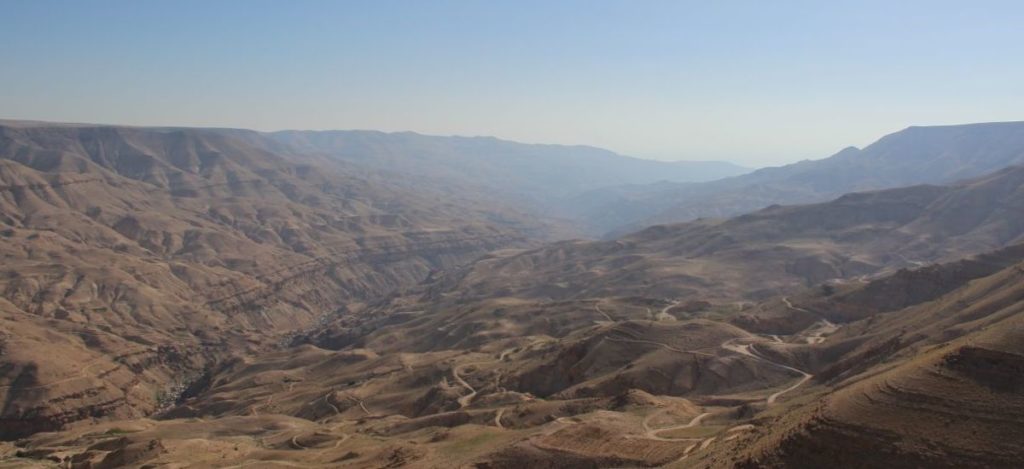
In his blessing, he has much more to say to the tribes of Joseph than to any other tribe. And, at the end of his colossal blessing on Joseph, he says this.
The firstborn of his shor is his [Joseph’s] majesty;
and the horns of a rem are his horns;
with them he shall gore the peoples, all as one,
even to the ends of the earth.
And these are the ten thousands of Ephraim;
and these are the thousands of Manasseh (Deut. 33.17).
Here Moses compares the tribes of Joseph to two oxen, the shor and the rem. But, of course, it’s not about oxen at all. It is really about an individual, a hero, a descendant of Joseph who will be Joseph’s ‘majesty’ or ‘glory’. And this hero is compared to an ox, or, more precisely, to two different species of oxen, the shor and the rem.
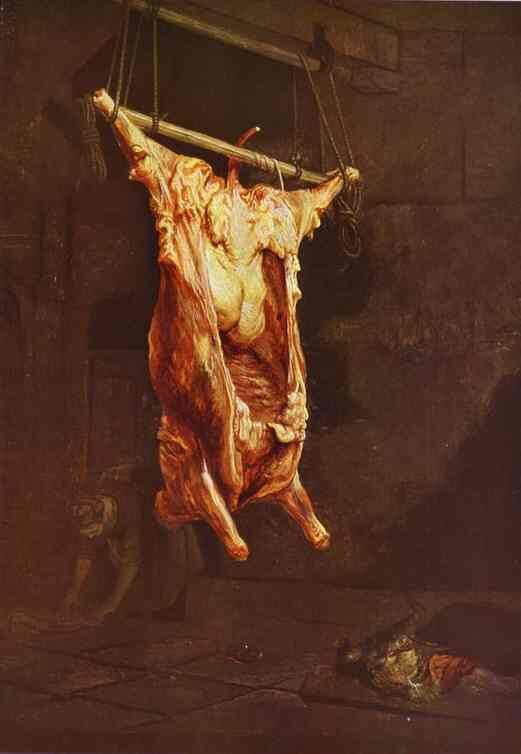
The shor and rem are very different beasts. The shor is the bos taurus or domestic ox. He is a bearer of burdens, a slave. But more, Joseph’s shor is the ‘firstborn of a shor’. In Israelite law, a shor was born under sentence of a violent sacrificial death, as we read in Numbers 18.17:
The firstborn of a shor you shall not redeem; they are holy. Sprinkle their blood upon the altar.
No Israelite could fail to understand the bloody implications of being born the ‘firstborn of a shor.’
The rem, on the other hand, is quite a different beast. He is the bos primigenius or aurochs, the Eurasian wild ox. The aurochs is now extinct. But, to those who knew it in olden days, the aurochs was a truly fearsome beast. Aurochs skeletons have been found standing two metres tall at the shoulder, with the tips of the great black horns rising three metres from the ground.
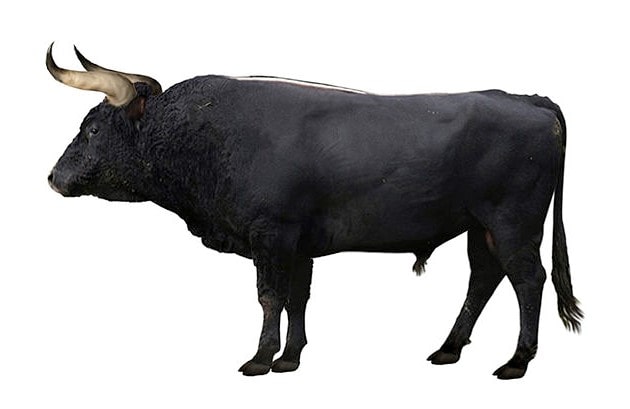
Julius Caesar described the aurochsen which he saw in Germany’s Black Forest in the following terms:
They are only a little smaller than elephants, but have the appearance, colour, and shape of a bull. Their strength is very great, and also their speed. They spare neither man nor beast that they see. They cannot endure the sight of men, nor ever be tamed (Gallic War, VI.28).
All were in awe of this monstrous creature. From Neolithic Lascaux to Babylon’s Ishtar gate, it ramped and roared its way through the iconography of the ancient world. Balaam ben Beor spoke of its splendour (Num. 23.22). Even the Eternal marvelled at its truculence (Job 39.9–12). And rabbinic tales of its immense size abound.
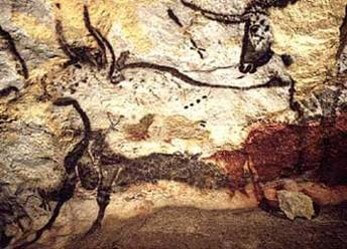
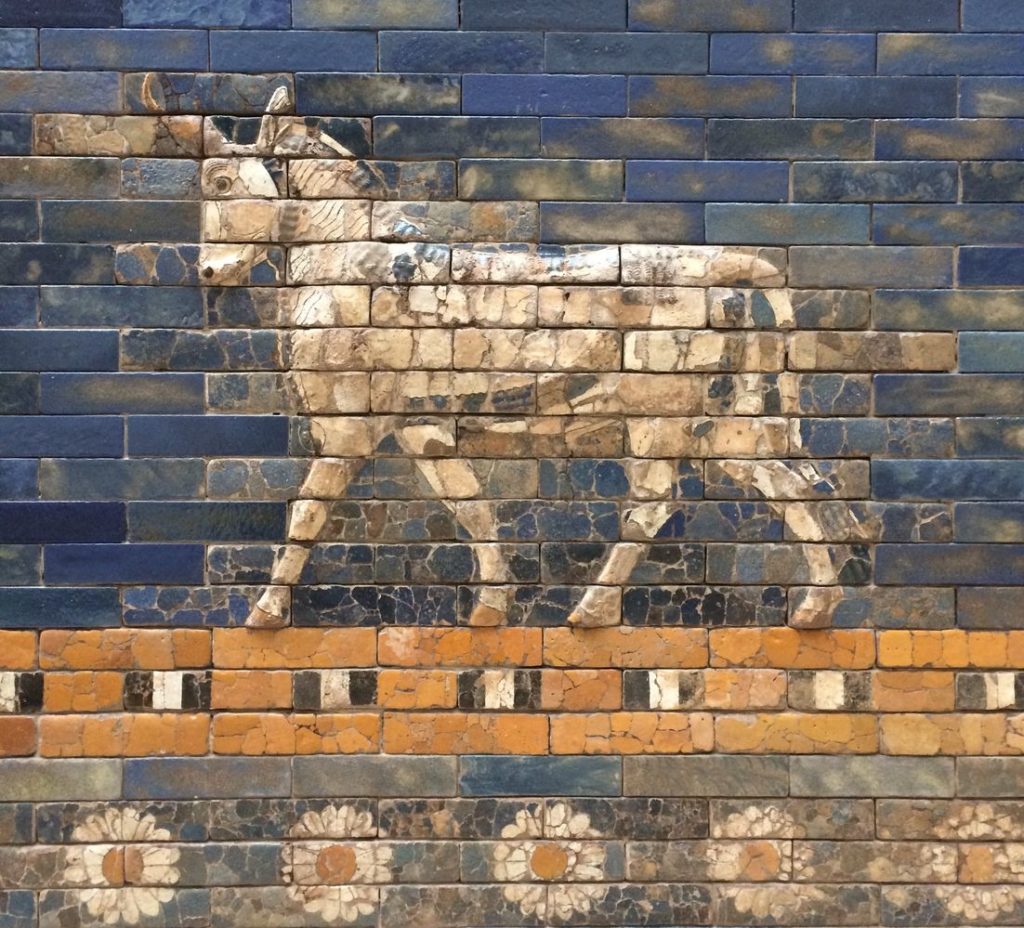
Now the rem, unlike cousin shor, had no fear of violent death. Few would meddle with it. Nor had it any place in Israel’s sacrifical cult (Lev. 1.2).
So there is a total contrast between the firstborn of a shor and a rem. What one is, the other is not. One is lowly, enslaved, and bound to slaughter. The other is sovereign, free, and bound to life.
Therefore, Joseph’s shor and rem represent one individual who is to undergo transformation. But even in his lowly state Joseph’s shor was intrinsically glorious; as it is said, he is Joseph’s majesty. And that is why he is finally transformed and given the majestic horns of a rem. And being crowned with these horns, the humble shor becomes the rem.
Now, in case you think this is just my own idea, here is 1 Enoch 90, dating from the second century BC.
And I saw that a white bull was born, with large horns, and all the beasts of the field and all the birds of the air feared him and made petition to him all the time. And I saw till all their generations were transformed, and they all became white bulls; and the first among them became an aurochs (the aurochs was a great beast and had great black horns on its head); and the Lord of the sheep rejoiced over them and over all the oxen. (1 Enoch 90.37–38.)
But how does the shor become the rem? How does one destined to sacrifice become triumphant? Clearly not by evading his fate. Dereliction of duty is not the hero’s way. No. The path to glory must be through the destiny of sacrifice and death. Does this mean some kind of post-mortem resurgence? Well, perhaps. In the time of Jacob’s clan, the people of the Nile Delta already worshipped some form of the bull-deity, Apis, whose earthly bull representatives were sacrificed and buried in the belief that they would rise again to divine estate. Likewise, in Ugarit, just north of the land of Canaan, the bull-calf Baal was dying, rising, and ruling in the mid-second millennium bc. So it seems likely that Moses was indeed speaking of the post-mortem resurgence of Joseph’s suffering ox.
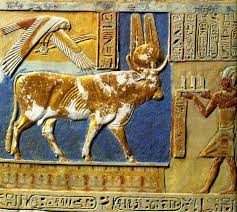
WHO IS THIS HERO?
But who is this hero of whom Moses speaks? Well, the easy bit is the horns. We are told plainly, they are his tribesmen: They are the ten thousands of Ephraim and they are the thousands of Manasseh. But who is the one who wields them? The rabbinic sages offer three answers.
The first is Joseph. The blameless lad was forced into slavery, pierced by cruelty, and buried in pits and dungeons. Yet his affliction gave life to Israel (Gen. 50.20). Then he was raised to freedom, life, and sovereignty (Gen. 41.39–45). Yet there is one snag: the firstborn of Joseph’s shor cannot be Joseph himself. It must be someone else.
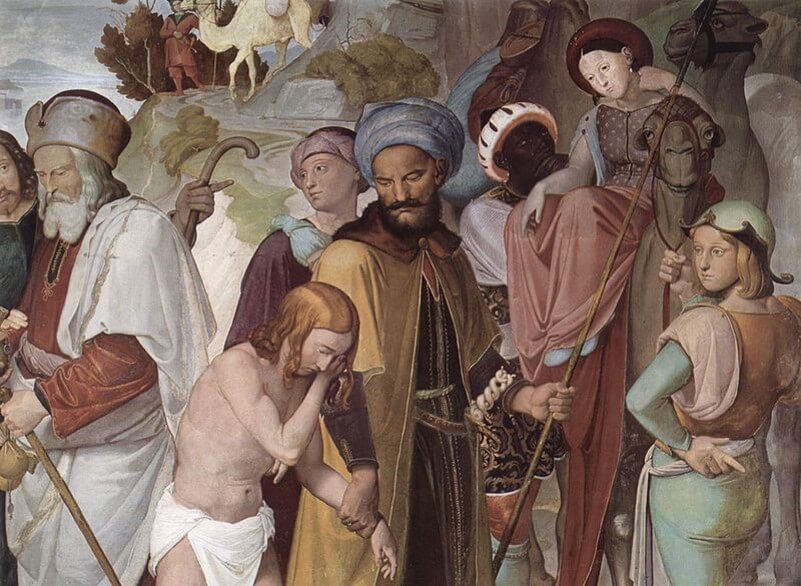
So could the firstborn shor perhaps be Joseph’s descendant, Joshua? Joshua sprang from Joseph through Ephraim. And Joshua too knew lowliness and exaltation. Though he was an Ephraimite prince, though the sun stood still at his word (Josh. 10.12–14), he did not join the rebellious, but served Moses till he was appointed prince and commander. Like Joseph, his sacrificial humiliation gave life to Israel and he rose to honour. Yet again there is a difficulty: Joshua did not gore the peoples, all as one, to the ends of the earth. He merely fulfilled his own remit, the conquest of the seven nations of Canaan (Josh. 3.10).
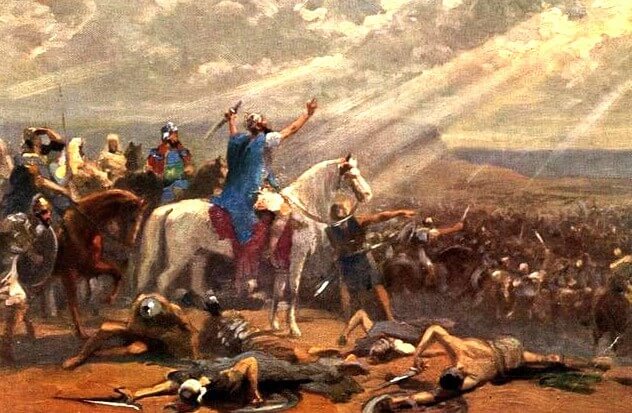
Joshua defeats the Amorites
There is, therefore, a third interpretation, the most popular among the rabbis: the firstborn shor is a mashiaḥ like Joshua who is yet to come. In fact, such a figure is implicit in the text itself, from the discrepancy between Moses’ prophecy and the limited nature of Joshua’s conquest. For while Joshua’s conquest was modest in extent, Moses’ hero was promised the whole earth. And so the idea inevitably arose of a greater Joshua who would fulfil the prophecy entirely, namely, Messiah ben Joseph.
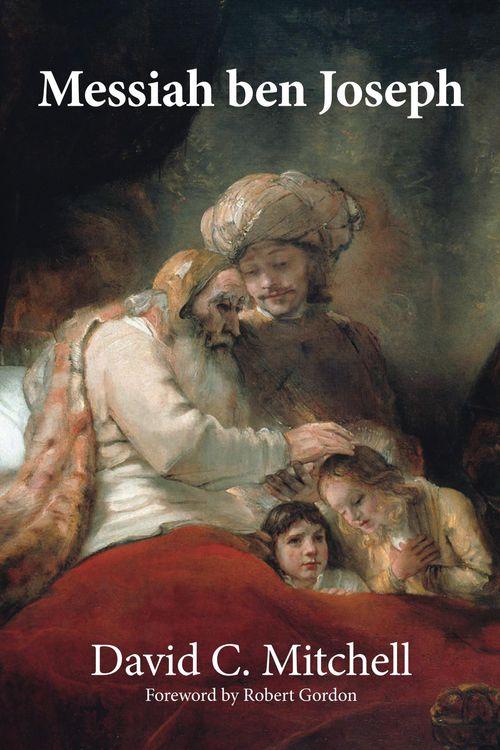
For much more on this subject, see my book Messiah ben Joseph (2016).
And so Moses’ prophecy gathers up and unites the prophecies of Genesis 3 and 49. Just as the Seed of the Woman is to suffer and then save mankind, just as Joseph’s Shepherd-Rock is to be betrayed and buried before he rules, so Joseph’s firstborn shor is to suffer and die as a sacrifice before he reappears again, sovereign, free, to conquer the world.
So Messiah ben Joseph is no rabbinic invention. He is already there, dying, rising, and conquering, in the Torat Mosheh rabbenu, in the great blessings of B’reshit (Genesis) and Devarim (Deuteronomy).
| Messiah ben Joseph | Origins #1 (Genesis) | Where is the Ark of the Covenant? (No, Really!) | Firstborn Shor and Rem: A Sacrificial Josephite Messiah in 1 Enoch 90.37-38 and Deuteronomy 33.17 |
This post is also available on Youtube
